I was having an online discussion recently about the pros and cons of having a cycle lane on the traffic side of parked cars versus the alternative of simply swapping them over so that the (now protected) cycle lane is on the kerb side of the parking. Good in theory except that a standard width cycle lane (once you take away the allowance for the door zone buffer) doesn’t leave much room for passing another bike when you’re hemmed in on both sides. So it’s good to see that most of the new protected Major Cycle Routes in Christchurch are being made wide enough to cater for some interaction between faster and slower riders. That still relies on people getting used to the idea of allowing space for passing on cycleways, which was something I mused about in this post, originally back in Sep 2019…
When I visited the cycle-friendly city of Portland (Oregon US) nearly a decade ago, I remember being intrigued to see a “bike overtaking lane” on the climb up to a bridge. Perhaps I shouldn’t have been surprised for a route that can have over 5000 bikes a day in summer – and indeed, I’d just spent time in Copenhagen where cycleways three bikes wide were relatively common.
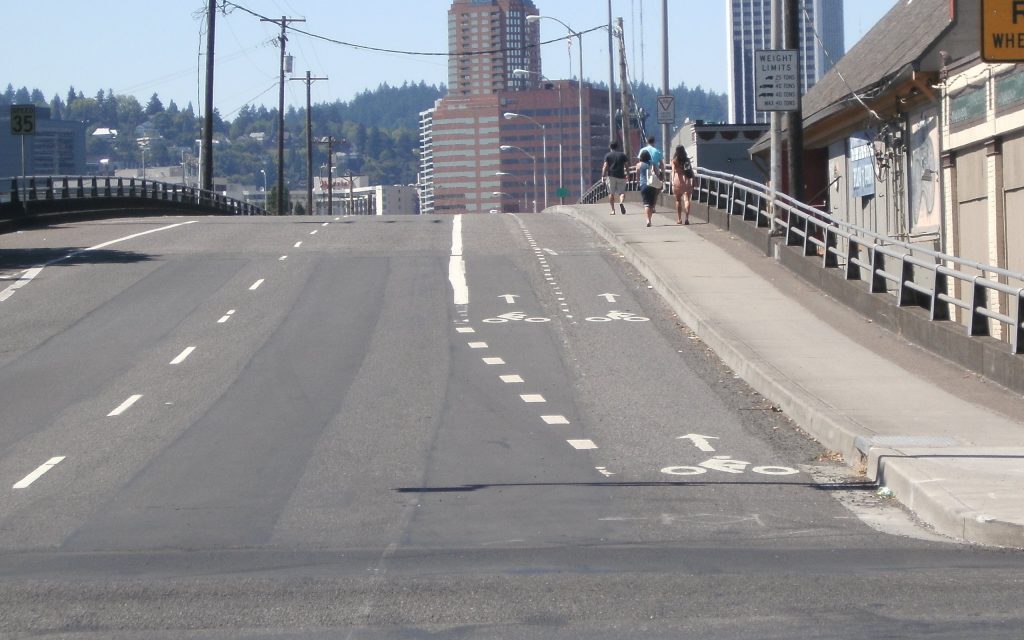
Fast forward a few years and here in Christchurch that kind of passing capacity is being taken into account in building the new cycleways. Indeed, some of the complaints that have arisen with the development of the new separated cycleways relate to their width; contrary to the previous 1.5-1.8m painted cycle lanes of old, many of the new one-way separated bikeways are at least 2.0m wide, if not more. “Why do they need all that space?!” we hear the cries.
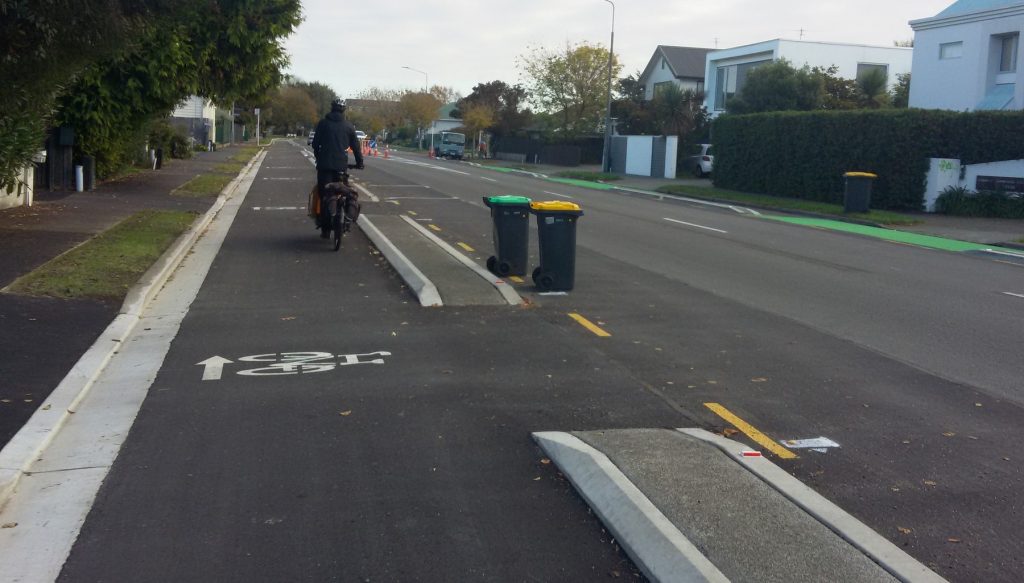
The answer is of course that new wider cycleways allow for passing others within the confines of the kerbs (they’re also nice for riding side-by-side with your biking buddy…). Given that some of our cycleways already have hundreds of riders in the peak hours, it is not surprising that there can be a bit of ‘friction’ as riders of different speeds encounter each other.
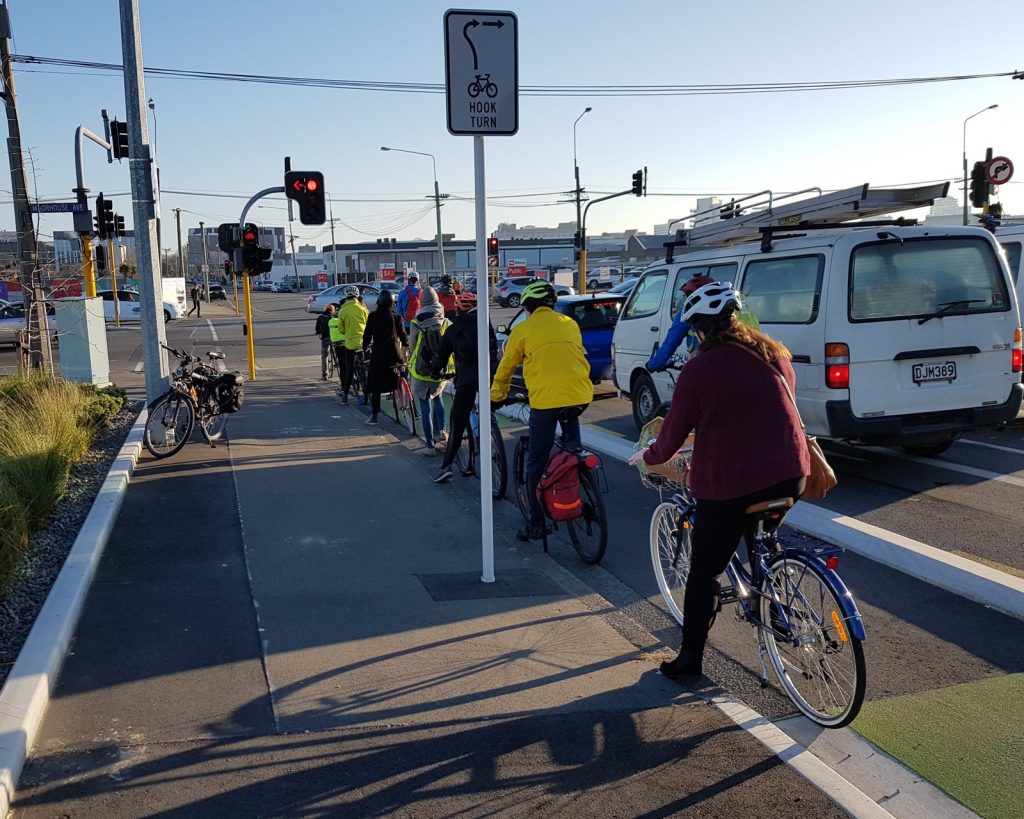
If you grew up being used to normal painted cycle lanes, then you would typically just “take the lane”. But plonking yourself in the middle of a new wide cycleway is likely to earn the ire of a few faster riders. Hence, it’s time to get used to a new maxim: keep left unless passing.
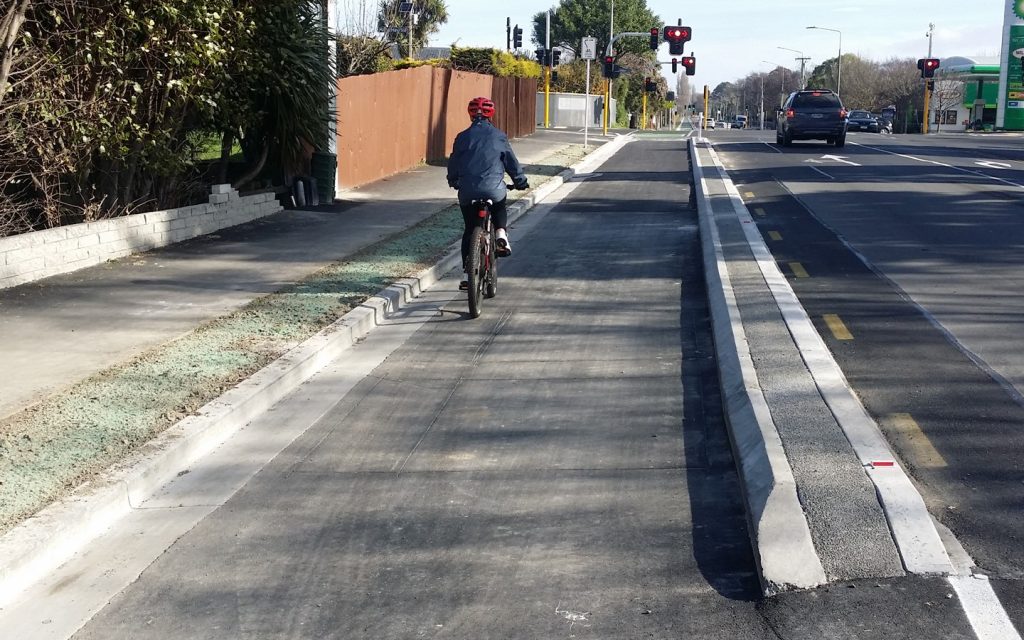
A few other pointers:
- Riding side by side with your friends and family is a great perk of the new cycleways – but just be aware of anyone trying to get past and move over if need be.
- Not everywhere is wide enough for two bikes side-by-side, e.g. sometimes the cycleways narrow near parking or bus stops. You might have to bide your time to pass and just wait – or perhaps use the roadway instead to overtake.
- If someone isn’t positioned to allow clear passing, don’t get aggro – maybe they’re just not aware. A gentle bell ring or polite “excuse me, coming through” may be sufficient to get them to move over.
- If you’re riding behind someone and decide to pass them, make sure that you have a look behind you before pulling out – there could be someone else behind you coming through.
- Remember that “keep left” doesn’t apply when we are talking about conventional cycle lanes next to car parking. You should always steer well clear to prevent “dooring” – if you can reach out and touch the car, then you are too close.
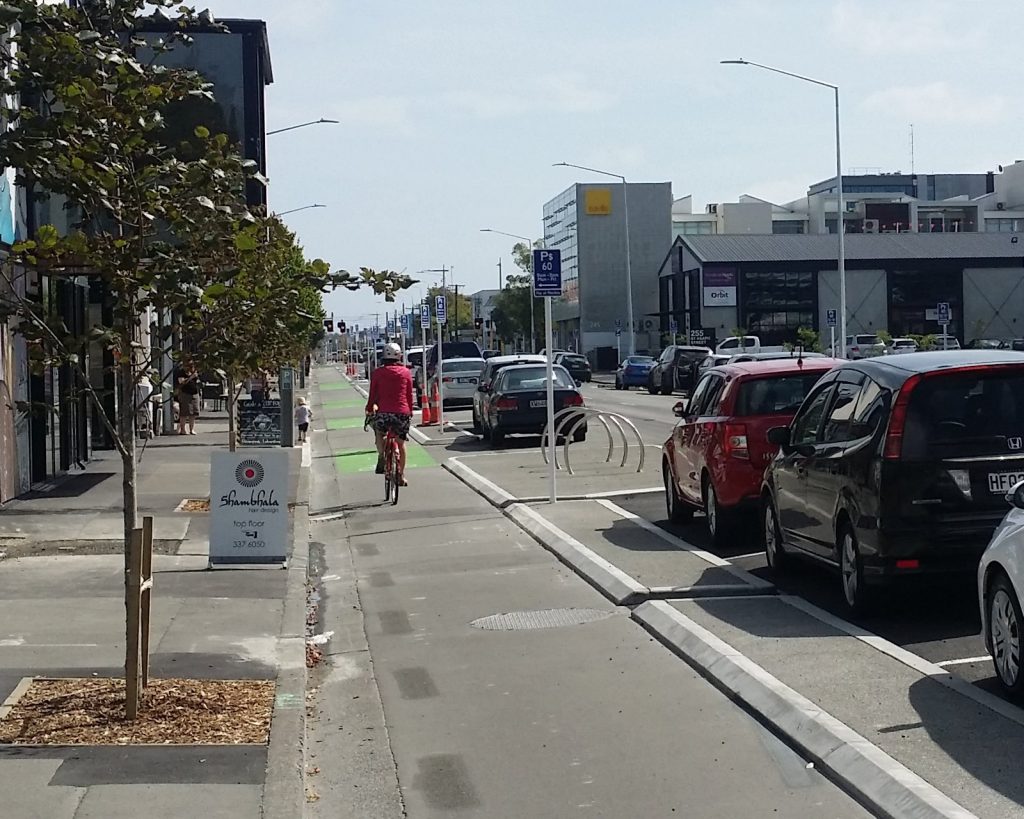
The new cycleways are proving very effective in attracting growing numbers on their bikes. However, the potential price of that popularity is a bit of niggle between riders of different speeds. It’s up to everyone to play nice so that cycling is a great experience for all.
Have you encountered any problems passing or being passed on new cycleways?

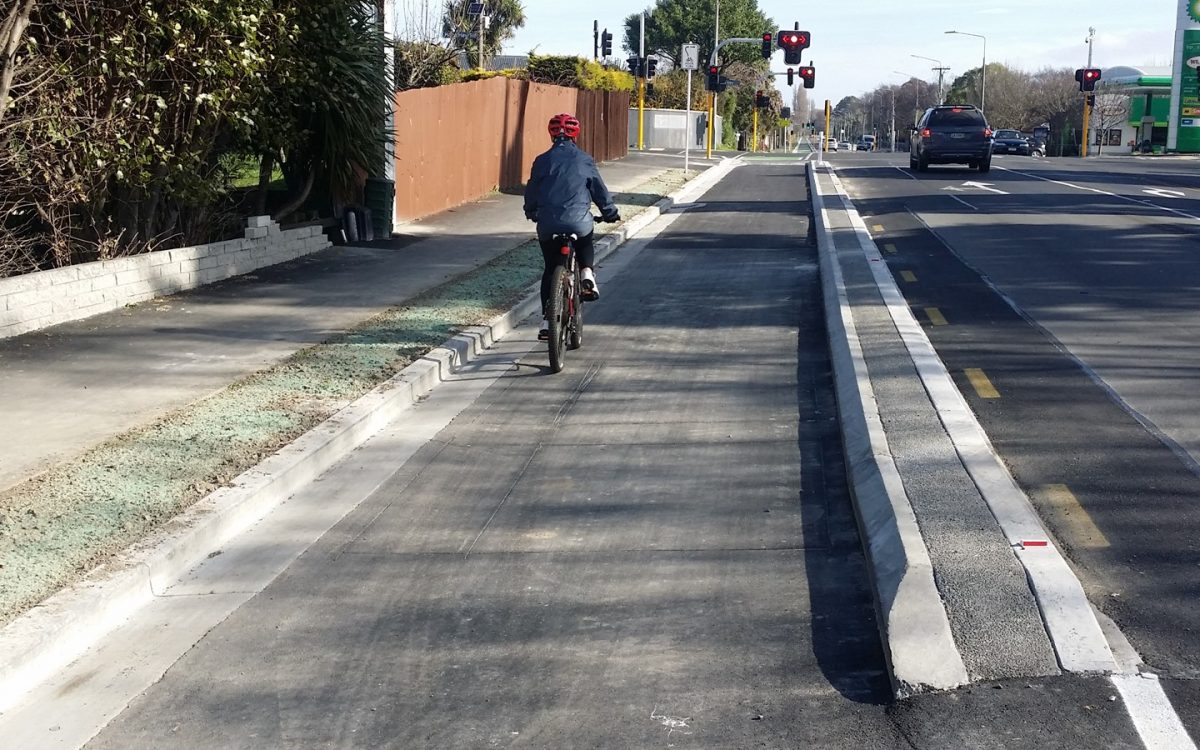
The wiggles or chicanes, like at the Museum front door, or anywhere that has a brief diversion around a bus stop.
If someone is riding the other way, you’re putting a lot of faith that the other rider will turn as expected, to stay in their left. And having unforgiving bollards in the vicinity is added encouragement to do it well.